Samson the Mammoth Arrives in Pavlodar for Days of Siberian Culture
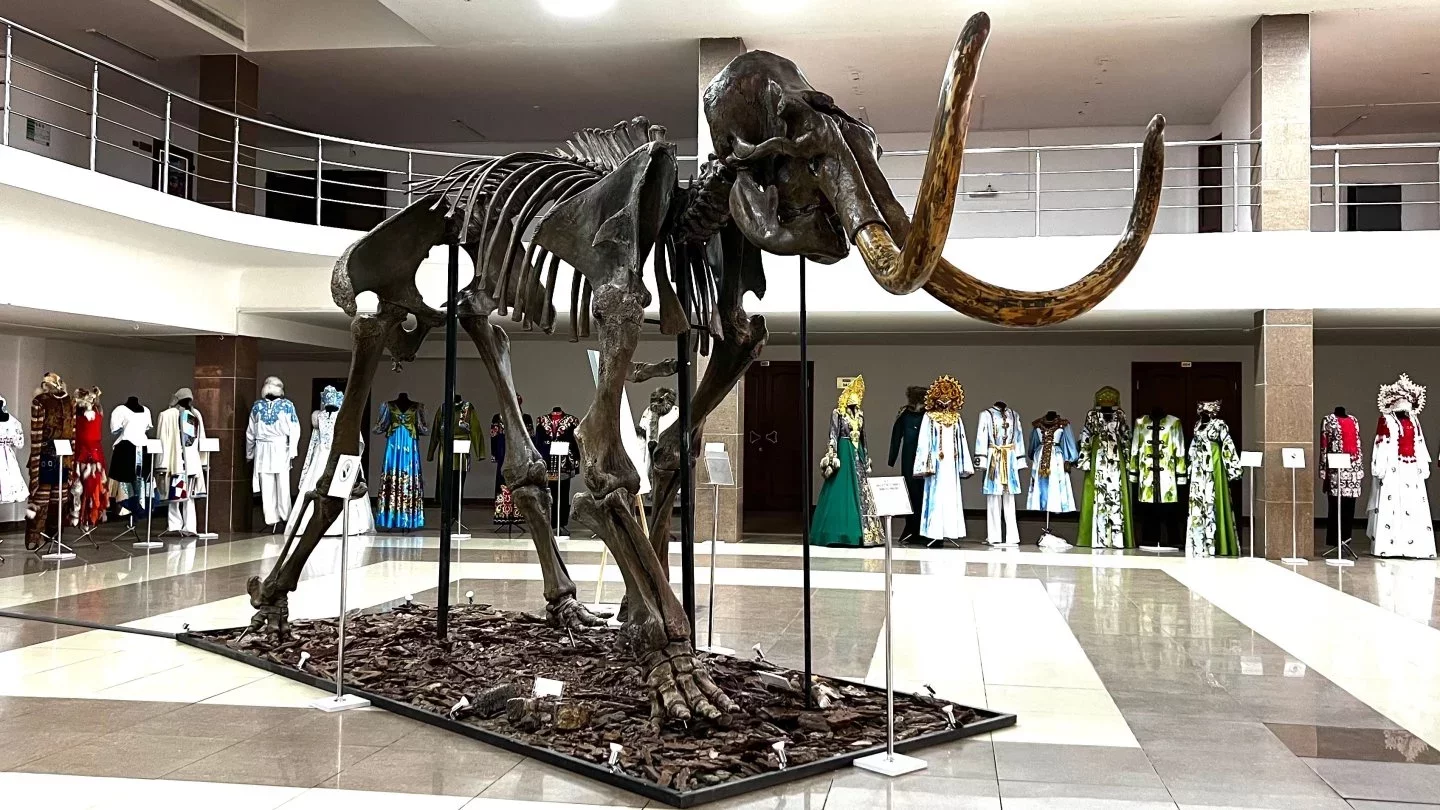 Photo: Orda.kz, Ruslan Loginov
Photo: Orda.kz, Ruslan Loginov
A 40,000-year-old woolly mammoth named Samson has become the centerpiece of the Days of Culture currently taking place in Pavlodar, Orda.kz reports. Alongside him came Siberian music, theater, and costume exhibitions from Novosibirsk Oblast, where Samson was discovered.
This marks the first time the world’s most complete mammoth skeleton has been displayed in Pavlodar. Standing over three meters tall and stretching 5.5 meters in length, Samson weighs nearly half a ton.
The skeleton consists of 194 authentic bones, including preserved toes, foot pads, claws, and twisted joints that suggest a step frozen in time. The mammoth’s black, polished tusks curve forward, as if still roaming the Siberian steppe.
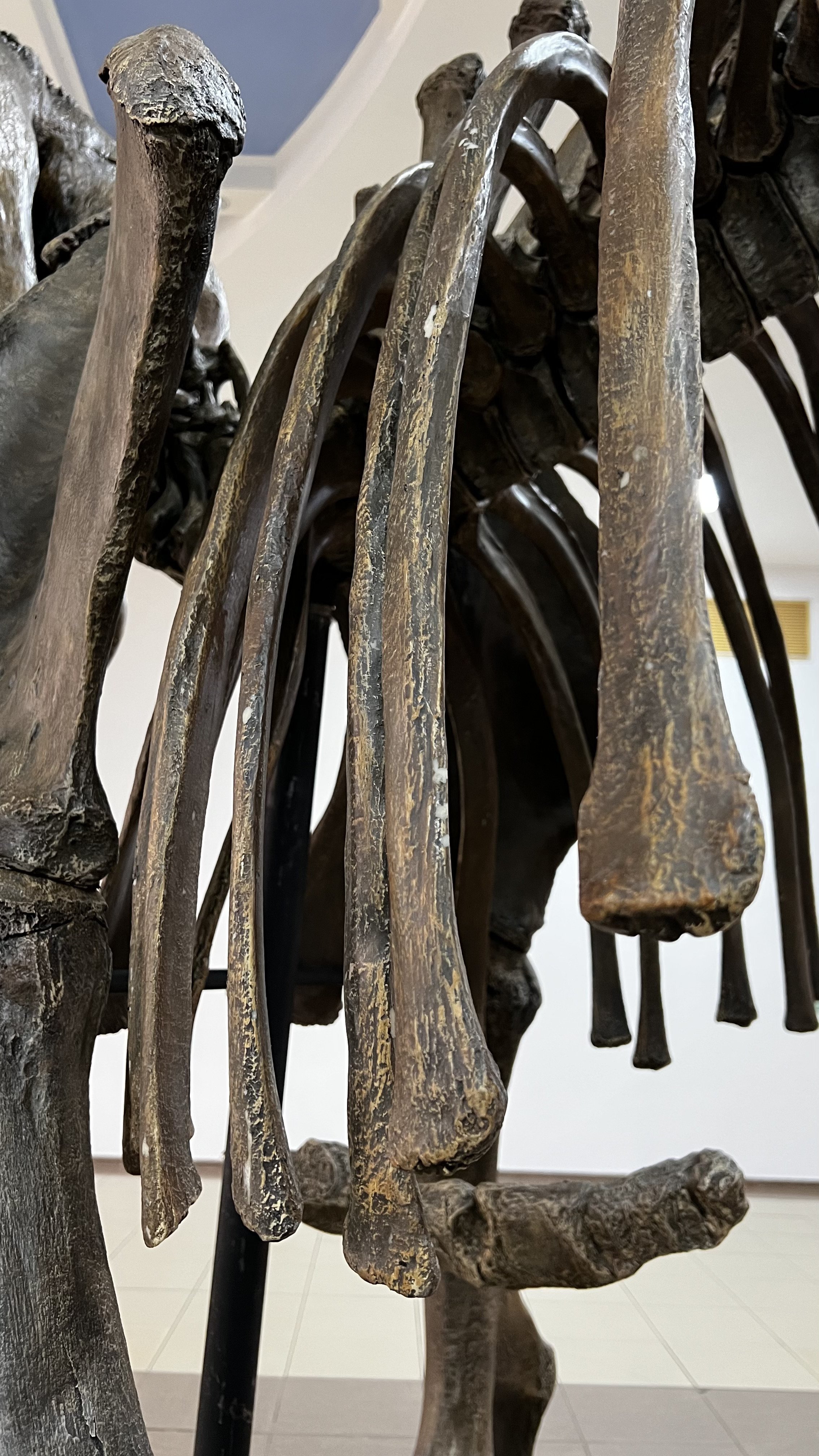
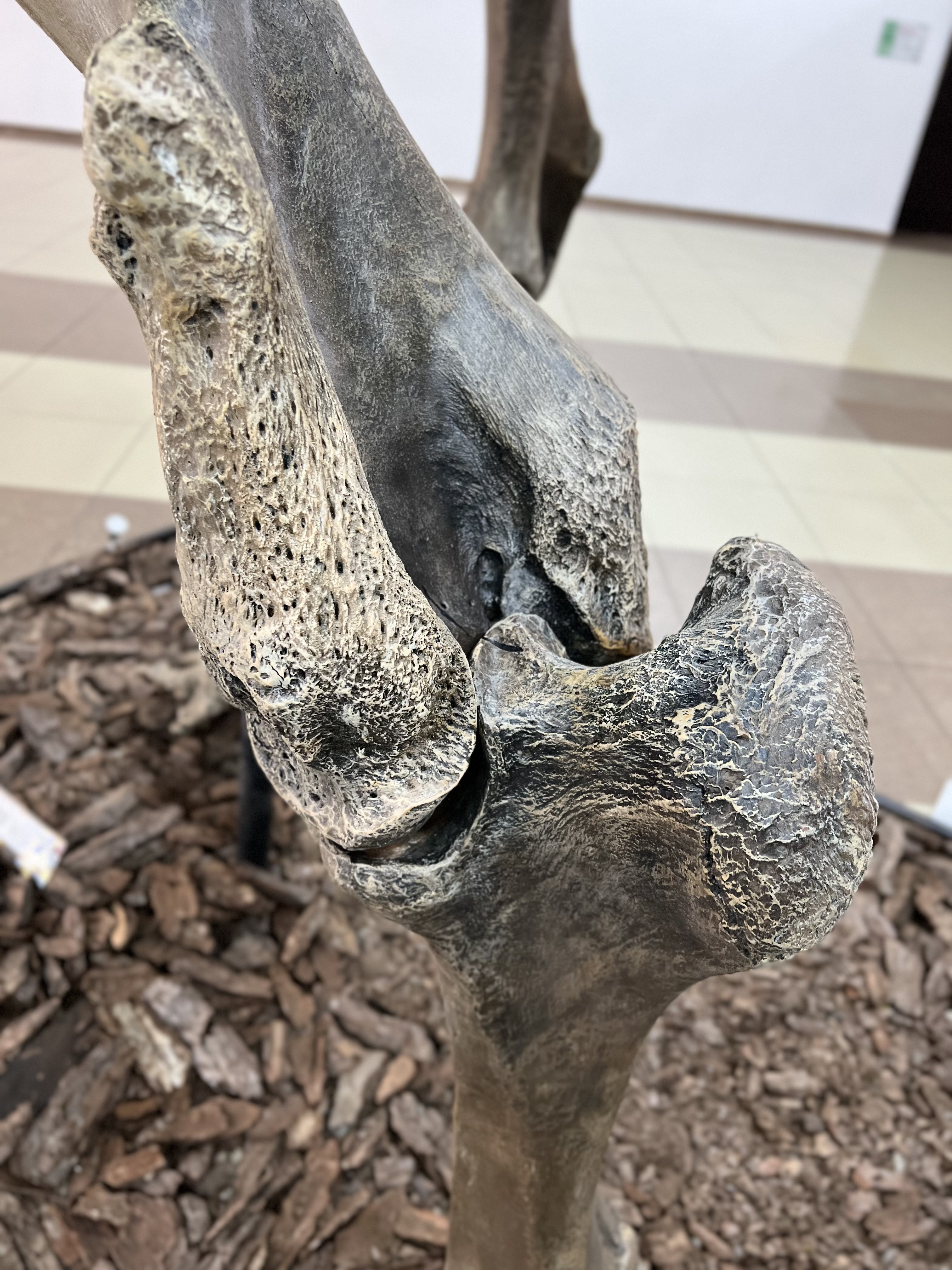
Samson was unearthed in 2011 near the village of Osinzevo in the Chanovsky District. He lived during the Pleistocene era, a time when mammoths shared the vast Siberian plains with woolly rhinos, lions, musk oxen, and wild horses.
Winters then were dry and snowy, ideal for mammoths that dug through the snow to find grass and stored fat during the summer to survive the cold.
Due to its size, Samson’s skeleton is displayed separately in a dimly lit hall. Visitors speak in hushed tones. Children try to reach the ancient bones—until a father’s voice reminds them: “Don’t touch the mammoth, not allowed!”
“This is the most complete skeleton of a male mammoth ever found,” a tour guide explains.
Near the main exhibit, the story continues through an exhibition of stage costumes.
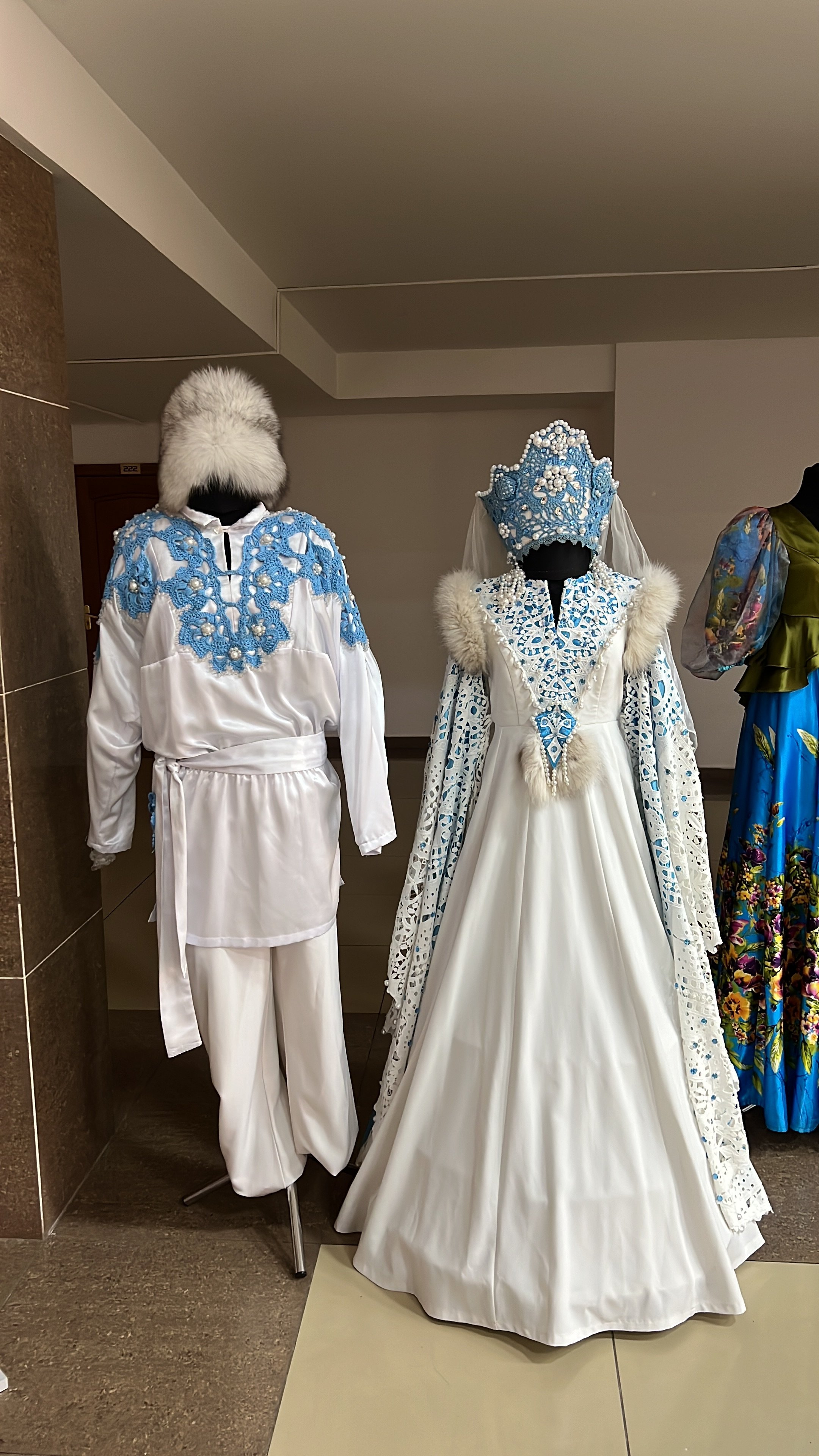
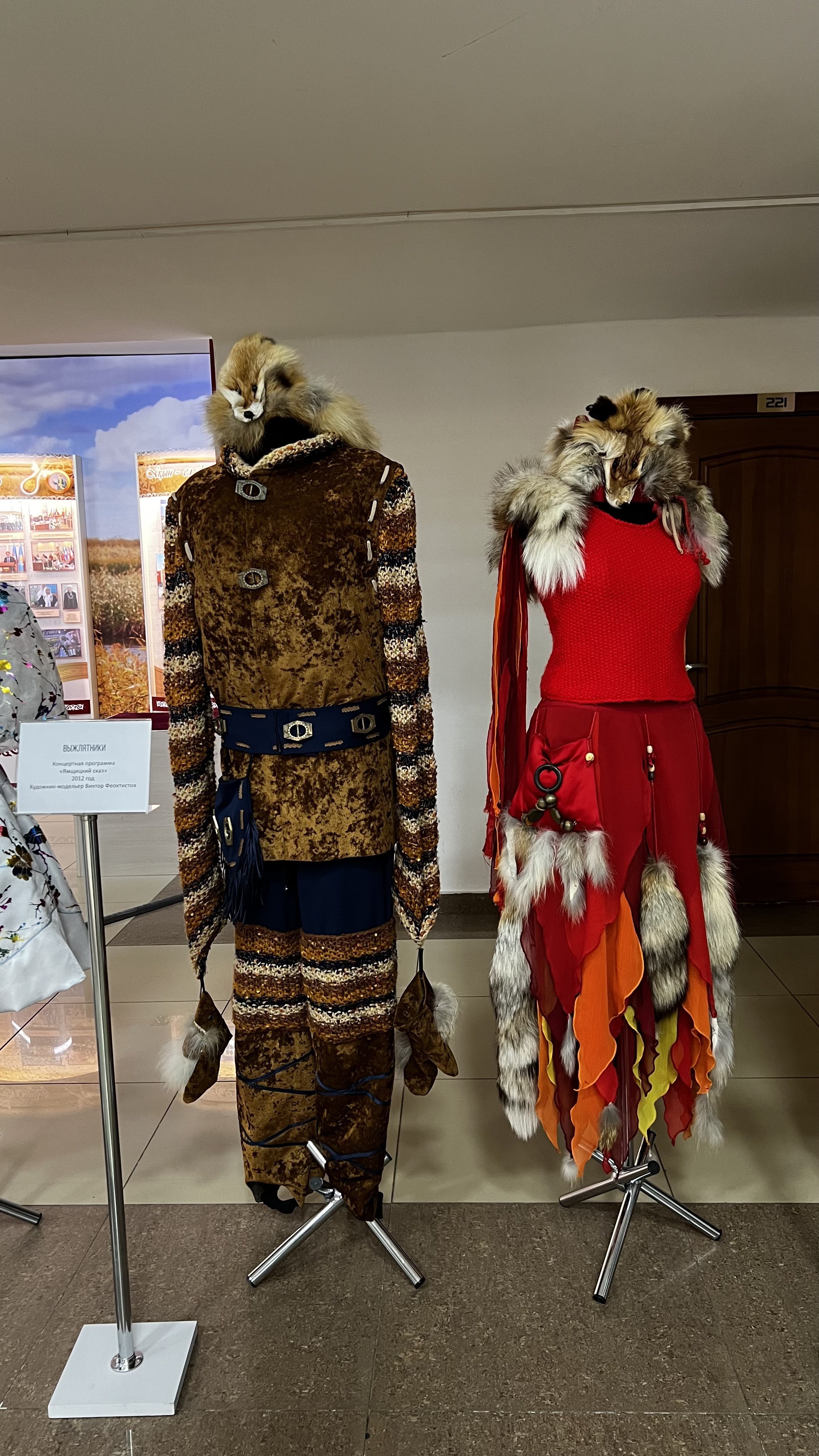
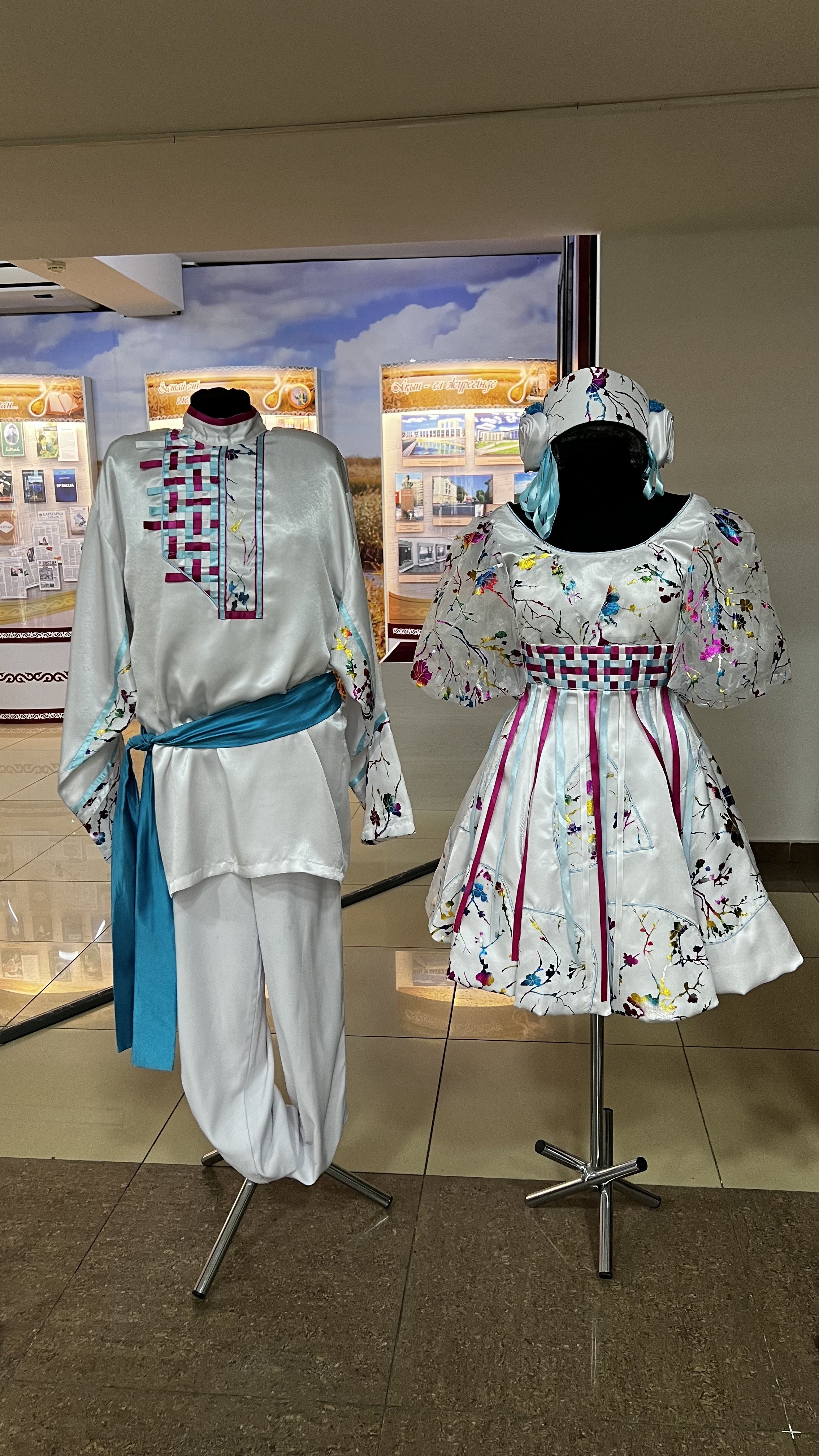
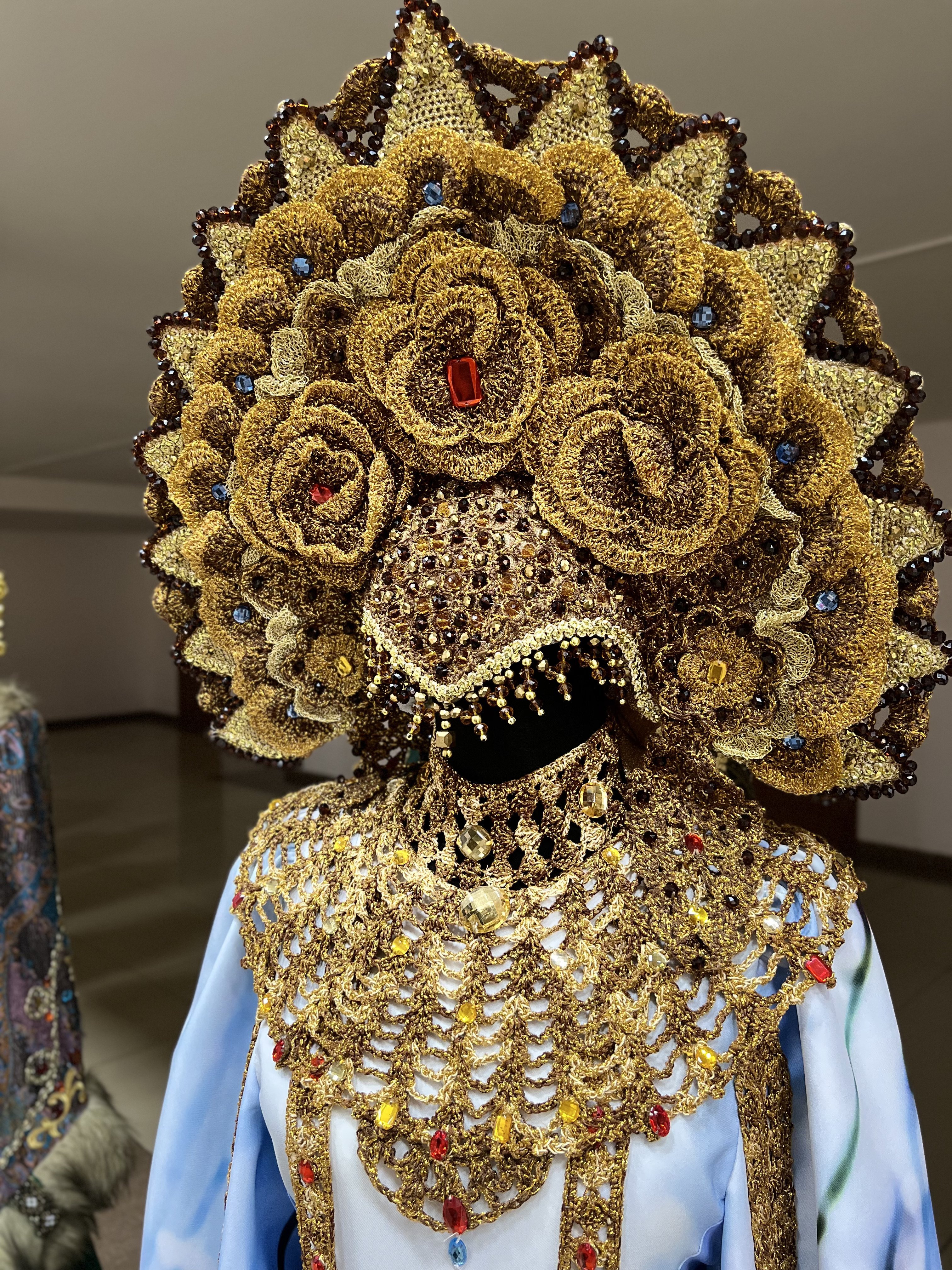
One section features fur cloaks and patterned headdresses that echo early human life. Others display elaborate embroidered gowns in blue and green, adorned with rhinestones, gold trim, and hand stitching.
Some outfits resemble folklore and fantasy: animal masks, furs, metal details—costumes inspired by northern legends and traditional motifs.
The cultural program also includes concerts and stage performances. Artists from the Novosibirsk Philharmonic, the Siberian Folk Choir, and the Russian Academic Orchestra performed at Yestai Palace.
The Novosibirsk Globus Theater brought its production of The Alpine Ballad, based on the work by Vasil Bykov.
Meanwhile, the Many-Faced Siberia art exhibition presents portraits, landscapes, and genre paintings from the Novosibirsk Art Museum.
Cooperation and cross-border relations remain the most important drivers of socio-economic integration. Tolerance and openness have always been part of our national character,
said Pavlodar region Akim Asain Baykhanov.
The delegation’s visit from Novosibirsk follows the recent 20th Forum of Interregional Cooperation between Russia and Kazakhstan. During their time in Pavlodar, Russian guests were introduced to investment opportunities and the region’s special economic zone.
Original Author: Ruslan Loginov
Latest news
- Russia Conducts Strategic Nuclear Forces Drill Under Putin’s Supervision
- Language Dispute Erupts Over New School in Almaty
- Oskemen Residents Complain of Severe Air Pollution
- Schoolgirl Gives Birth: Yenbekshi Villagers Share Details
- Zhumangarin Comments on Tax Reform, Fuel Price Freeze, and Utility Tariffs
- U.S. Chamber of Commerce Calls for Full Repeal of Caesar Syria Act
- Kazakhstan: Bill Proposing Fines for Reposting Prohibited Content on Social Media Passes First Reading
- Majilis Approves Kazakhstan’s 2026–2028 Budget
- U.S. Seeks Partnership with Kazakhstan to Develop Tungsten Deposits
- YouTube Blocks Lukpan Akhmedyarov’s Channel for Second Time This Year
- Trump Says Decision on Meeting With Putin 'Still Undecided'
- Former Shymkent Maslikhat Deputy Placed on Wanted List Again in Shymkent
- Gas Deliveries from Karachaganak to Orenburg Plant Resume After Drone Attack
- Kazakhstan Raises $1.5 Billion Through Eurobond Issue Amid Rising National Debt Concerns
- National Bank Head Says Inflation Driven by Excess Money in Economy
- Schoolgirl Gives Birth: Prosecutors and MIA Launch Investigation, 71-year-old Man Main Suspect
- Resident of North Kazakhstan Village Finds Possible Mammoth Tooth
- Turkmenistan: Pregnant Woman Dies After Roads Closed for President’s Visit
- Kairat Earn Their First Champions League Point: How the Almaty Club Held Off Pafos
- Court Rejects Legal Media Center’s Lawsuit Against Astana Akimat Over Access to Information

